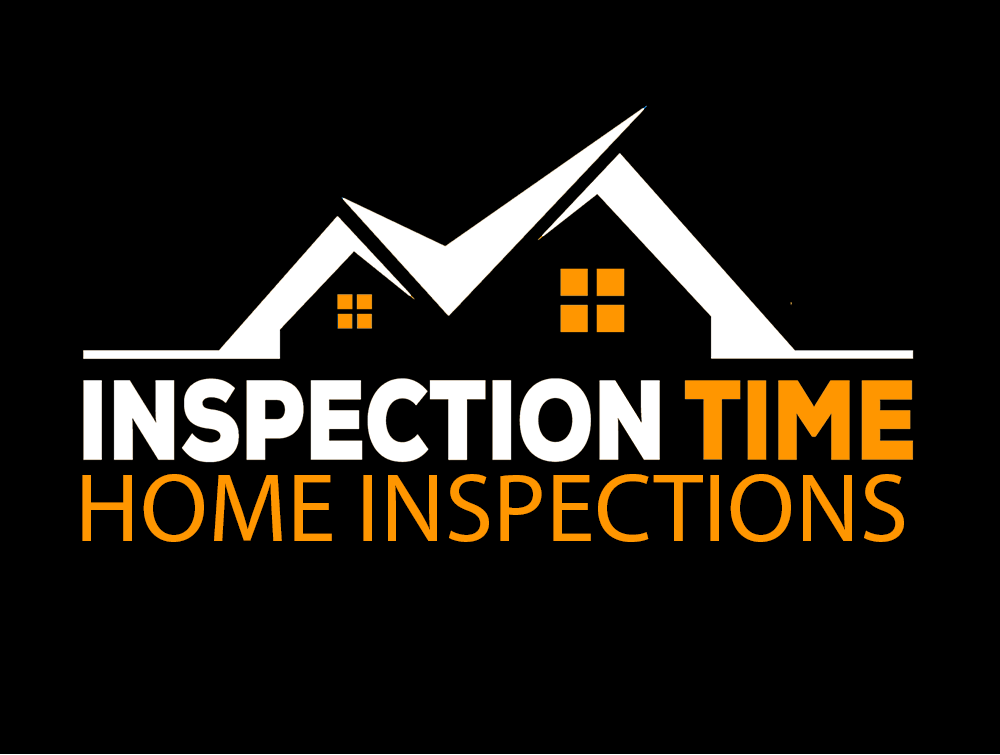By: Inspection Time | Aaron Davis CMI Trec#25498 | Professional Home Inspector

Proper grading around your home is essential for maintaining the structural integrity and longevity of your property. Flat or negative grading—where the ground around your home is level or slopes towards the foundation—can lead to a host of issues that can compromise your home’s foundation and overall stability. In this blog, we’ll explore the importance of having the correct slope around your home and how to achieve it.
What is Flat/Negative Grading?
Flat grading refers to ground that is level around the foundation of your home. Negative grading occurs when the ground slopes towards the foundation, directing water to accumulate around the base of your home. Both conditions are undesirable as they can cause serious damage to your property.
Why Proper Grading is Important
- Prevents Water Accumulation: Proper grading ensures that water flows away from your foundation, reducing the risk of water pooling around your home.
- Foundation Protection: Water pooling can lead to hydrostatic pressure, which can cause foundation walls to crack and shift.
- Prevents Basement Flooding: Proper grading helps prevent water from seeping into your basement, which can cause flooding, mold growth, and structural damage.
- Soil Stability: Ensures that the soil around your foundation remains stable and does not erode away, which can compromise the foundation.
- Landscape Health: Proper drainage helps maintain a healthy landscape by preventing waterlogging and promoting proper plant growth.
How to Achieve Proper Grading
- Evaluate Your Yard: Inspect the slope around your home. The ground should ideally slope away from your foundation at a gradient of at least 5% (approximately 6 inches for the first 10 feet).
- Add Fill Dirt: If necessary, add fill dirt around the foundation to create the appropriate slope. Avoid using topsoil for this purpose as it can settle and compact over time.
- Compact the Soil: Ensure that the added soil is well-compacted to prevent future settling and maintain the slope.
- Install Gutters and Downspouts: Ensure your home has a functioning gutter system with downspouts that extend at least 5 feet away from the foundation to direct water away from your home.
- Create Swales: For larger properties, creating shallow ditches (swales) can help redirect water away from the foundation.
- Consider Professional Help: For severe grading issues, consult with a professional landscaper or engineer to design an effective drainage plan.
Maintenance Tips
- Regular Inspections: Periodically check the grading around your home, especially after heavy rains or seasonal changes.
- Gutter Maintenance: Keep gutters and downspouts clean and in good repair to ensure proper water flow away from your home.
- Address Low Spots: Fill in any low spots that develop over time to maintain the proper slope.
Conclusion
Proper grading around your home is essential to protect your foundation and prevent water-related issues. By ensuring that the ground slopes away from your foundation, you can safeguard your home from potential damage and maintain a healthy, stable environment. Regular inspections and maintenance are key to sustaining proper grading and ensuring your home remains secure.
Hashtags and Keywords
Hashtags: #HomeMaintenance #FoundationProtection #ProperGrading #DrainageSolutions #HomeImprovement #WaterManagement #LandscapingTips #BasementWaterproofing #SoilErosion #FlatGrading #NegativeGrading
Keywords: flat grading, negative grading, foundation protection, proper slope, water management, drainage solutions, home maintenance, landscaping tips, basement waterproofing, soil erosion, home improvement
By incorporating these strategies, you can ensure your home’s foundation remains strong and your property well-maintained, preventing costly repairs and preserving your investment.

